Benin officially the Republic of Benin (French: République du Bénin) and formerly Dahomey, is located in West Africa. It is bordered by Togo to the west, Nigeria to the east, and Burkina Faso and Niger to the north. The majority of its population lives on the small southern coastline of the Bight of Benin, part of the Gulf of Guinea in the northernmost tropical portion of the Atlantic Ocean. The capital of Benin is Porto-Novo, but the seat of government is in Cotonou, the country's largest city and economic capital. Benin covers an area of 114,763 square kilometers and its population in 2015 was estimated to be approximately 10.88 million. Benin is a tropical nation, highly dependent on agriculture, with substantial employment and income arising from subsistence farming.
Benin
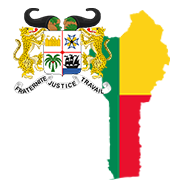
Location
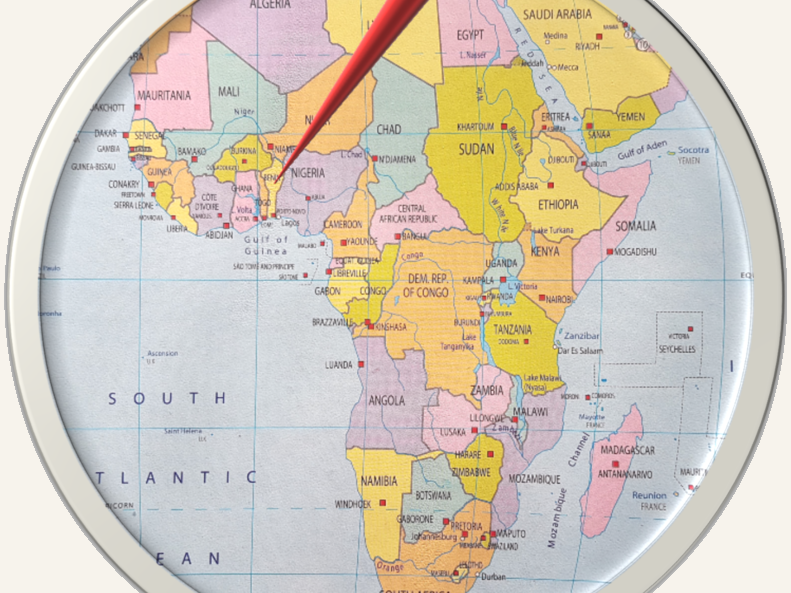
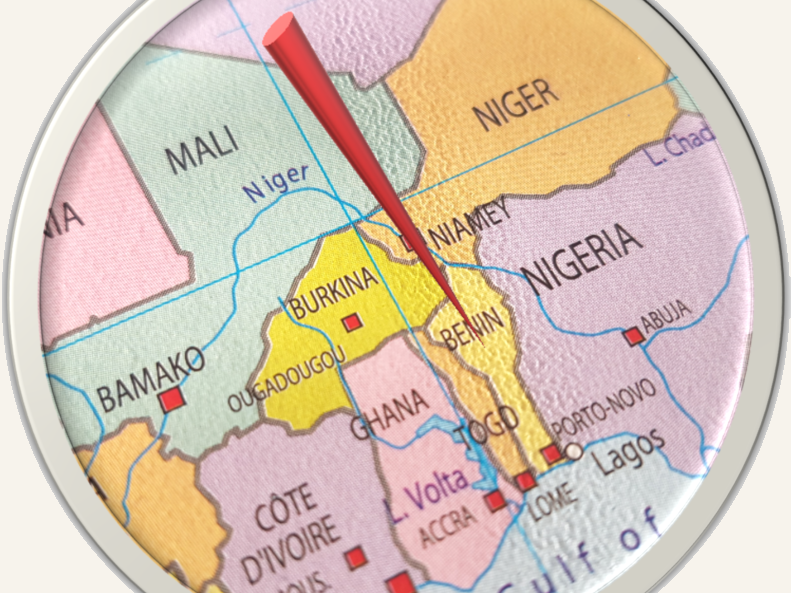
Benin, a narrow, north–south strip of land in West Africa, lies between latitudes 6° and 13°N, and longitudes 0° and 4°E. Benin is bounded by Togo to the west, Burkina Faso and Niger to the north, Nigeria to the east, and the Bight of Benin to the south. The distance from the Niger River in the north to the Atlantic Ocean in the south is about 650 km (404 mi). Although the coastline measures 121 km (75 mi) the country measures about 325 km (202 mi) at its widest point.
Vegetation and Clime


Benin has fields of lying fallow, mangroves, and remnants of large sacred forests. In the rest of the country, the savanna is covered with thorny scrubs and dotted with huge baobab trees.
Religion
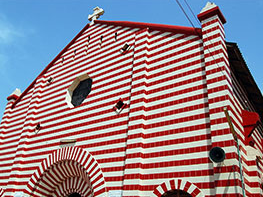
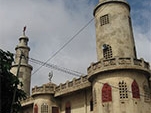
In the 2002 census, 42.8% of the population of Benin were Christian (27.1% Roman Catholic, 5% Celestial Church of Christ, 3.2% Methodist, 7.5% other Christian denominations), 24.4% were Muslim, 17.3% practiced Vodun, 6% practiced other local traditional religions, 1.9% practiced other religions, and 6.5% claimed no religious affiliation.
History
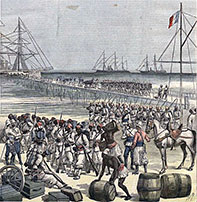
From the 17th to the 19th century, the main political entities in the area were the Kingdom of Dahomey along with the city-state of Porto-Novo and a large area with many different tribes to the north. This region was referred to as the Slave Coast from as early as the 17th century due to the large number of slaves shipped to the New World during the Trans-Atlantic slave trade. After slavery was abolished, France took over the country and renamed it French Dahomey. In 1960, Dahomey gained full independence from France, and had a tumultuous period with many different democratic governments, many military coups and military governments. A Marxist–Leninist state called the People's Republic of Benin existed between 1975 and 1990. In 1991, it was replaced by the current multi-party Republic of Benin.
Politics
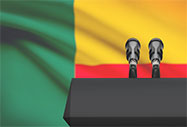
Benin's politics take place in a framework of a presidential representative democratic republic, where the President of Benin is both head of state and head of government, within a multi-party system. Executive power is exercised by the government. Legislative power is vested in both the government and the legislature. The judiciary is independent of the executive and the legislature. The political system is derived from the 1990 Constitution of Benin and the subsequent transition to democracy in 1991.
Benin scored highly in the 2013 Ibrahim Index of African Governance, which comprehensively measures the state of governance across the continent. Benin was ranked 18th out of 52 African countries and scored best in the categories of Safety & Rule of Law and Participation & Human Rights.
In its 2007 Worldwide Press Freedom Index, Reporters Without Borders ranked Benin 53rd out of 169 countries. Benin has been rated equal-88th out of 159 countries in a 2005 analysis of police, business and political corruption.
Economy
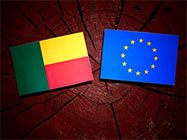
The economy of Benin is dependent on subsistence agriculture, cotton production, and regional trade. Cotton accounts for 40% of GDP and roughly 80% of official export receipts. Growth in real output has averaged around 5% in the past seven years, but rapid population growth has offset much of this increase. Inflation has subsided over the past several years. Benin uses the CFA franc, which is pegged to the euro.
Benin’s economy has continued to strengthen over the past years, with real GDP growth estimated at 5.1 and 5.7% in 2008 and 2009, respectively. The main driver of growth is the agricultural sector, with cotton being the country’s main export, while services continue to contribute the largest part of GDP largely because of Benin’s geographical location, enabling trade, transportation, transit and tourism activities with its neighbouring states.
Agriculture
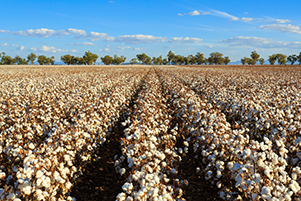
Benin is predominantly an agricultural country. About 55% of the economically active population was engaged in the agricultural sector in 2000, which accounted for 38% of GDP that year. Small, independent farmers produce 90% of agricultural output, but only about 17% of the total area is cultivated, much of it in the form of collective farms since 1975.
The main food crops are manioc, yams, corn, sorghum, beans, rice, sweet potatoes, pawpaws, guavas, bananas, and coconuts. Production estimates for the main food crops for 1999 were yams, 1,771,000 tons; manioc, 2,377,000 tons; corn, 823,000 tons; sorghum, 154,000 tons; rice, 36,000 tons; dry beans, 94,000 tons; sweet potatoes, 67,000 tons; and millet, 34,000 tons. Benin is self-sufficient in food crops, given favorable weather conditions.
